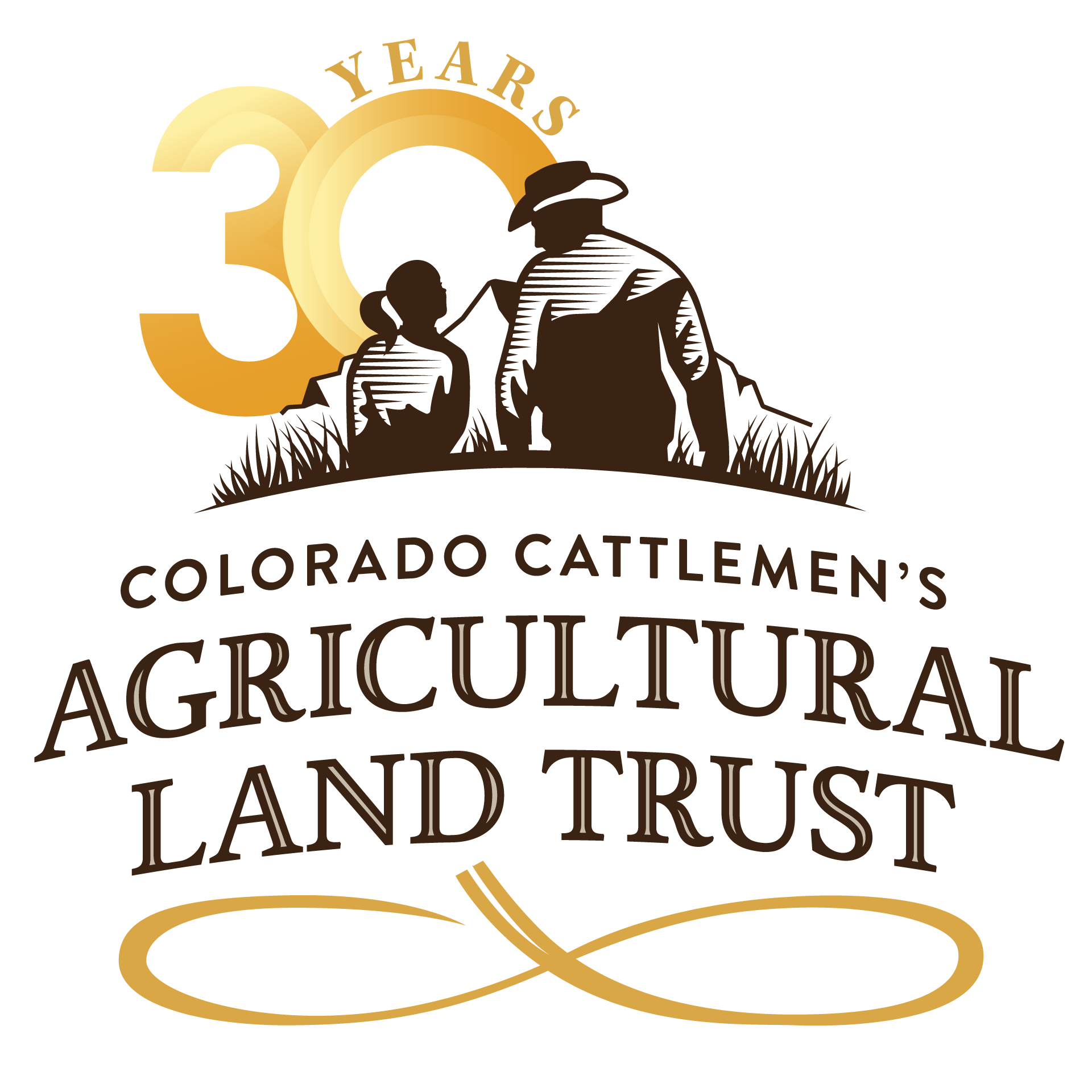The FAMILY Legacy Lives On
This is the final article in a four-part monthly series that highlights different themes: Land, Water, Wildlife, and Family for the Yampa Valley Conservation Partnership (YVCP) 5th Anniversary, which is officially on October 1. The YVCP is a continuation and extension of conservation partnerships that Northwest Colorado has built for more than 30 years.
September 27, 2024 | By: Owen Yager | 5 min. read
As we reflect on the 5th Anniversary of the Colorado Cattlemen’s Agricultural Land Trust (CCALT) and the Yampa Valley Land Trust (YVLT) merging in 2019 and forming the Yampa Valley Conservation Partnership (YVCP), we are filled with gratitude for the landowning families that make the YVCP’s conservation work possible.
As we close out our 5th Anniversary blog series that already highlighted land, water, and wildlife stories that fill Northwest Colorado’s landscape with life and conservation, we want to recognize a few CCALT partner families who have made multigenerational commitments to care for their land as conservation easement stewards.
Five Generations Going on Seven
The Gates family ranches out of Toponas, about an hour south of Steamboat Springs. I first met the Gates family at the Routt County fair, where I visited with Kelly and Doug Gates while their grandchildren were preparing for 4-H shows and sales. That kind of interaction just happens in rural communities, where folks tend to know each other.
Kelly and Doug are the family’s fifth generation in Routt and Eagle County, where the Gates have lived for all but six years of their lives. The original Gates family homesteaded on Gore Pass in the 1880s, then moved to Burns, in Eagle County, and homesteaded there in 1893. In 2008, the Gates family worked with the Eagle Valley Land Trust to put an easement on their Burns property, which was not big enough to support their whole extended family. So, they bought the Gates Ranch, formerly known as the Keyser Ranch, in 2014. The Gates family worked with CCALT to also place this ranch under conservation easement in 2016 because the family felt like it was the right thing to do.
“We wanted to preserve it. The valley is growing. There were a lot of other easement properties up in the valley, so it would maintain this whole area if we put it into easement for agriculture and a livestock operation.” Kelly Gates said.
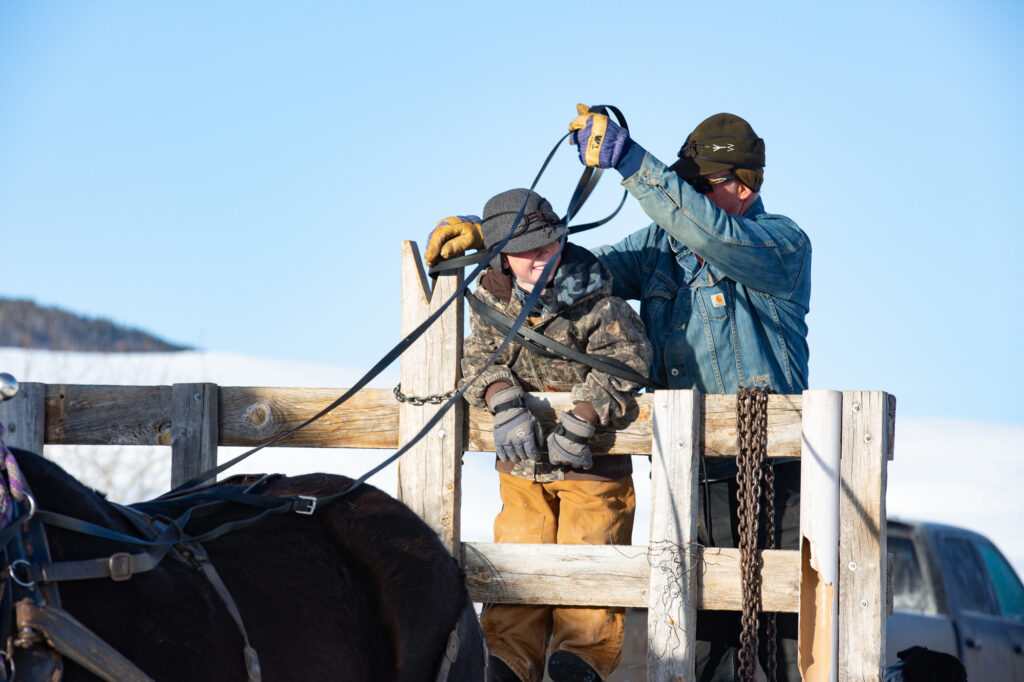
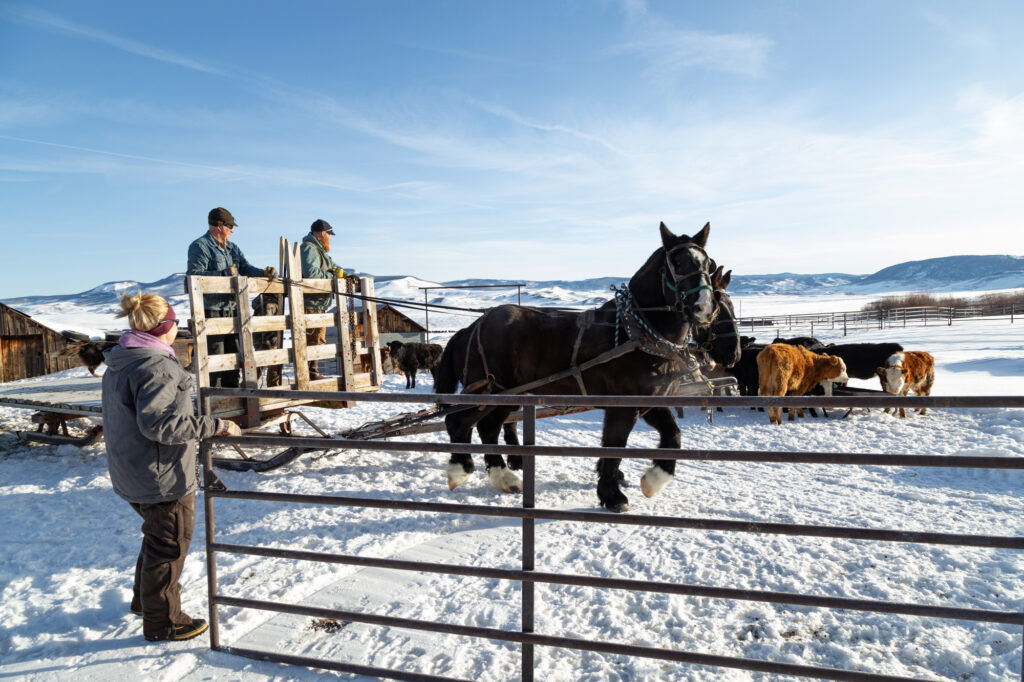
To that end, Doug and Kelly Gates’ family still run a robust, family-centered livestock operation. Their son and daughter-in-law, Whit and Tiff, live on the ranch with their two young sons, the Gates’ seventh ranching generation, and all the ranch work is done by the family. Kelly was proud to tell me that her thirteen-year-old grandson can run any piece of haying equipment very well.
The Gates’ three adult children have all raised their families around the ranch, and they all remain active in the South Routt livestock community. The grandchildren are heavily involved in 4-H, and each grandchild is skilled in handling livestock, equipment, and horses. Having grown up with a rancher’s sense of responsibility, work ethic, and connection to their land, every grandchild can start their own herd of cattle on the ranch, with his or her first choice of replacement heifers each fall.
“It’s the only way to raise kids,” Kelly said. “It’s just a blessing every day to get to be outside together.”
A Lasting Dedication to the Land
The Semotan family also arrived in Routt County in the 1880s, when Joseph Semotan walked from Denver in search of a place to homestead. He eventually found the junction of Day Creek and Smith Creek in North Routt County, near Clark, where his granddaughter, Jo Semotan, and great-granddaughter, Trenia Sanford, still live. The Semotan family’s original 2,500-acre property was sold in portions over the years before conservation became an option, and many parcels that Joseph Semotan originally fenced now have houses on them.
Jo placed the 132 acres she still owns under easement with the Yampa Valley Land Trust in 2006 to ensure that the property stays open forever. Jo still lives right next to the easement, on 35 additional acres of family land where her daughter and son-in-law, Trenia and Russ Sanford, raised their son Tucker, and where I happen to rent a caretaker apartment. Just like the Gates family, the Sanford-Semotans are people who epitomize what the Yampa Valley’s character has been for generations, and what their land ethic exemplifies.
“Get up every morning, take care of the animals, take care of the land, and it’ll take care of you,” Trenia said. This is what she was taught and what she also taught to her son.
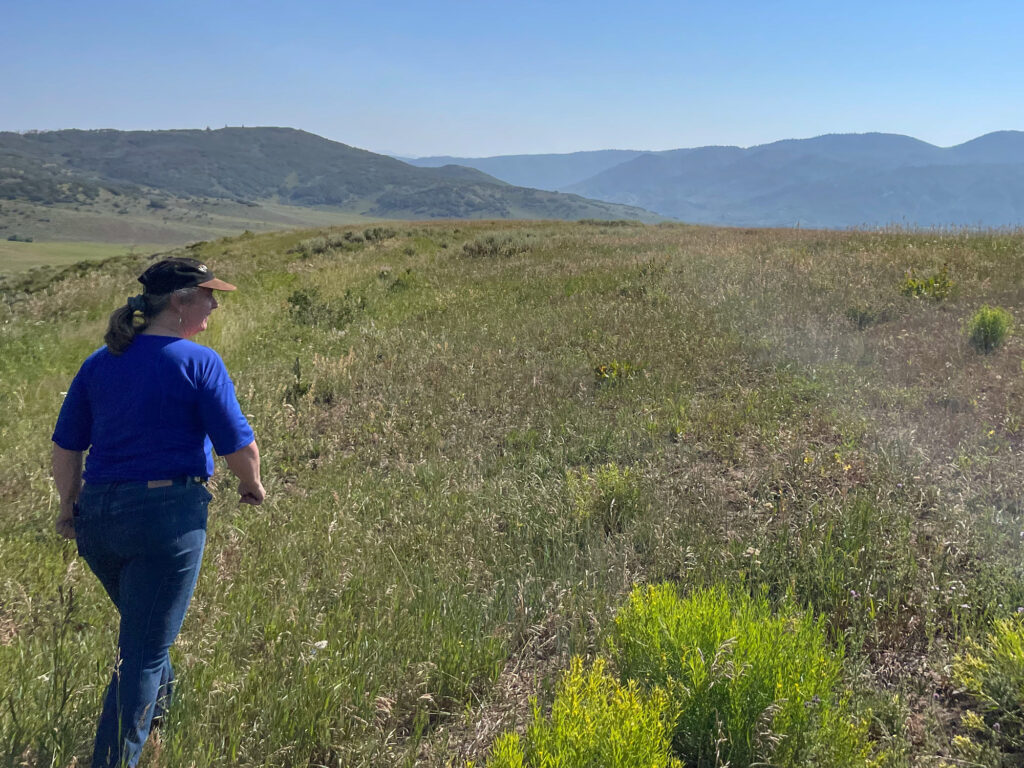
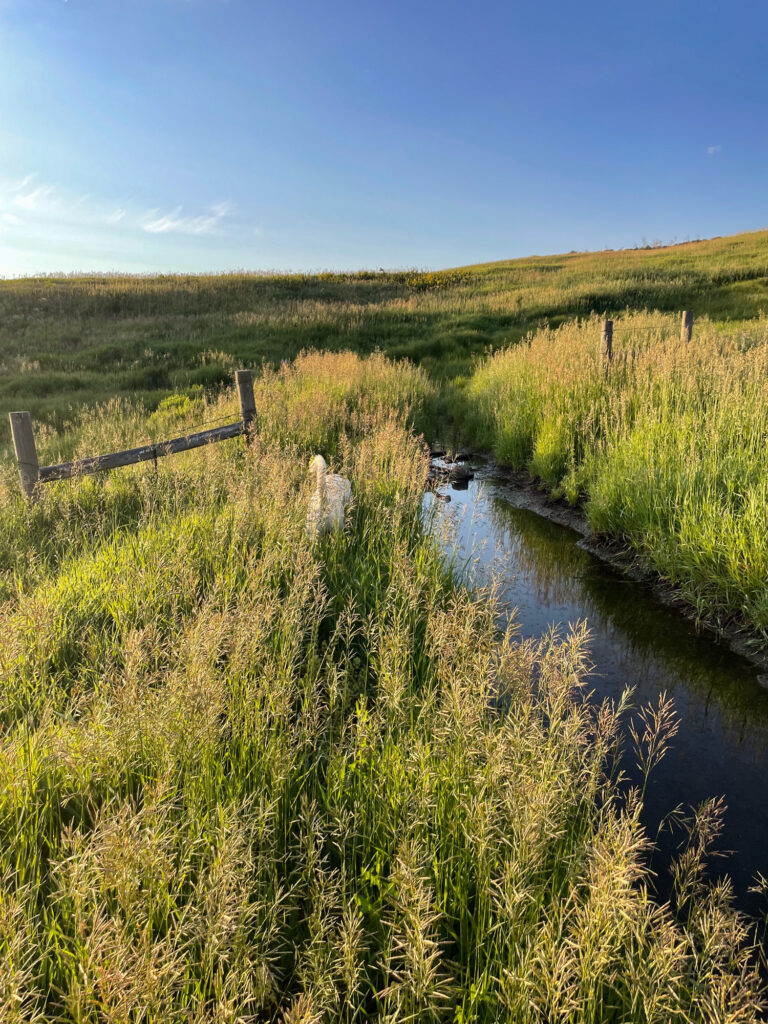
Today, Trenia, Russ, and Tucker work the land still owned by their family. For years, the Semotans ran up to 400 head of cattle and bred champion quarter horses. In recent years, the family downsized to a few head of cattle that they wintered at their barn and summered up on the pastures behind Jo’s house. They sold that herd in 2023 and now lease those pastures out to another local ranching family.
Reminiscing about her family’s long legacy in North Routt County and looking ahead to future generations living there, Trenia shared the importance of having her family continue to live with the land.
“I think it’s really important that my family live here, work here, and take on the philosophy that was my grandfather’s, to protect it,” she said.
Thanks to Jo Semotan’s conservation commitment to her family’s easement, future generations of the Sanford-Semotan family will get to care for the same landscape that has belonged to the family for generations.
CCALT is honored that these families chose us to partner with, to help them realize their vision for keeping their living legacies alive on the land. For families like the Gates’ and Semotan-Sanfords, working with CCALT and the Yampa Valley Conservation Partnership supports their long-term vision of not only keeping their agricultural operations functional but also keeping their land, water, wildlife, and families healthy forever.
